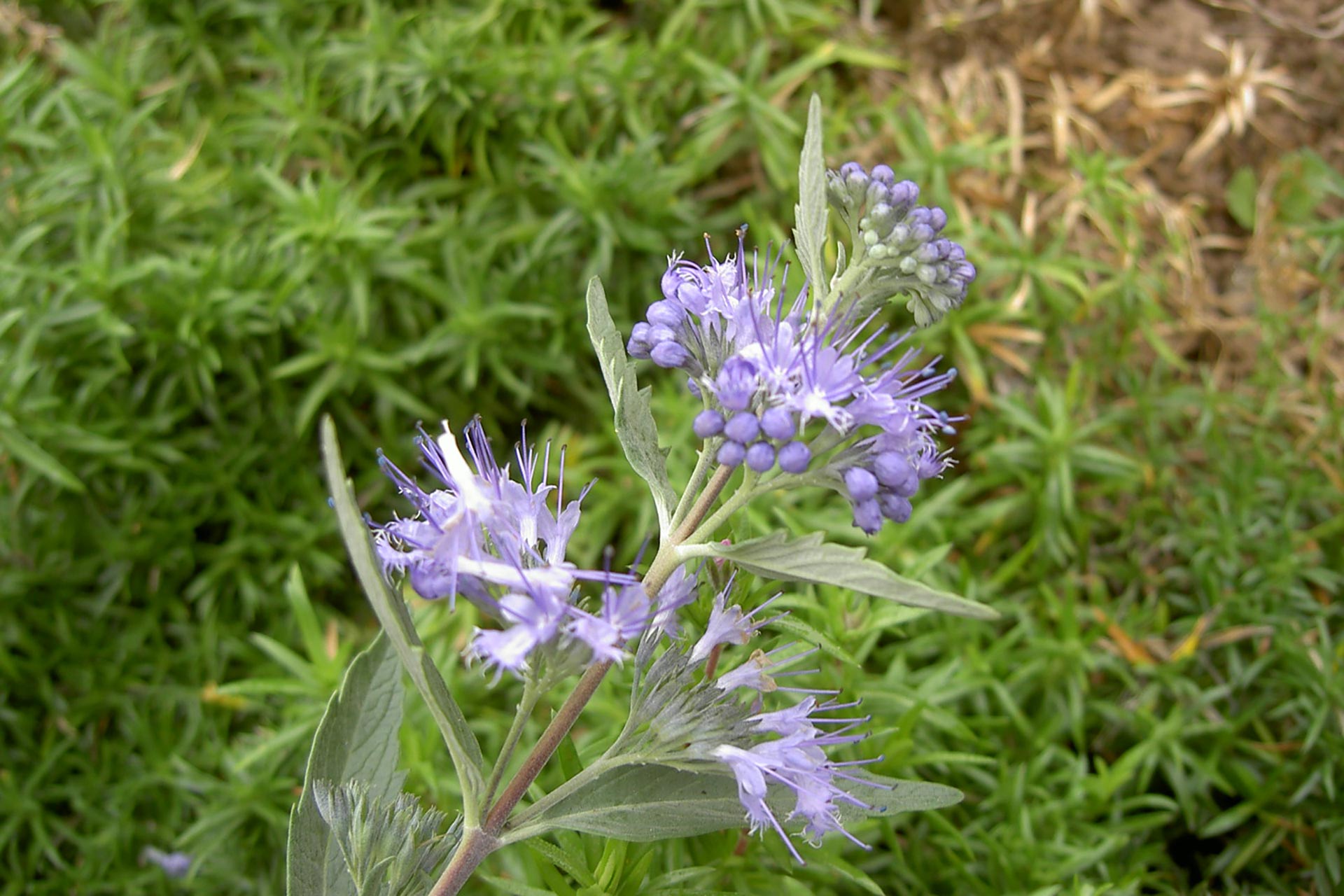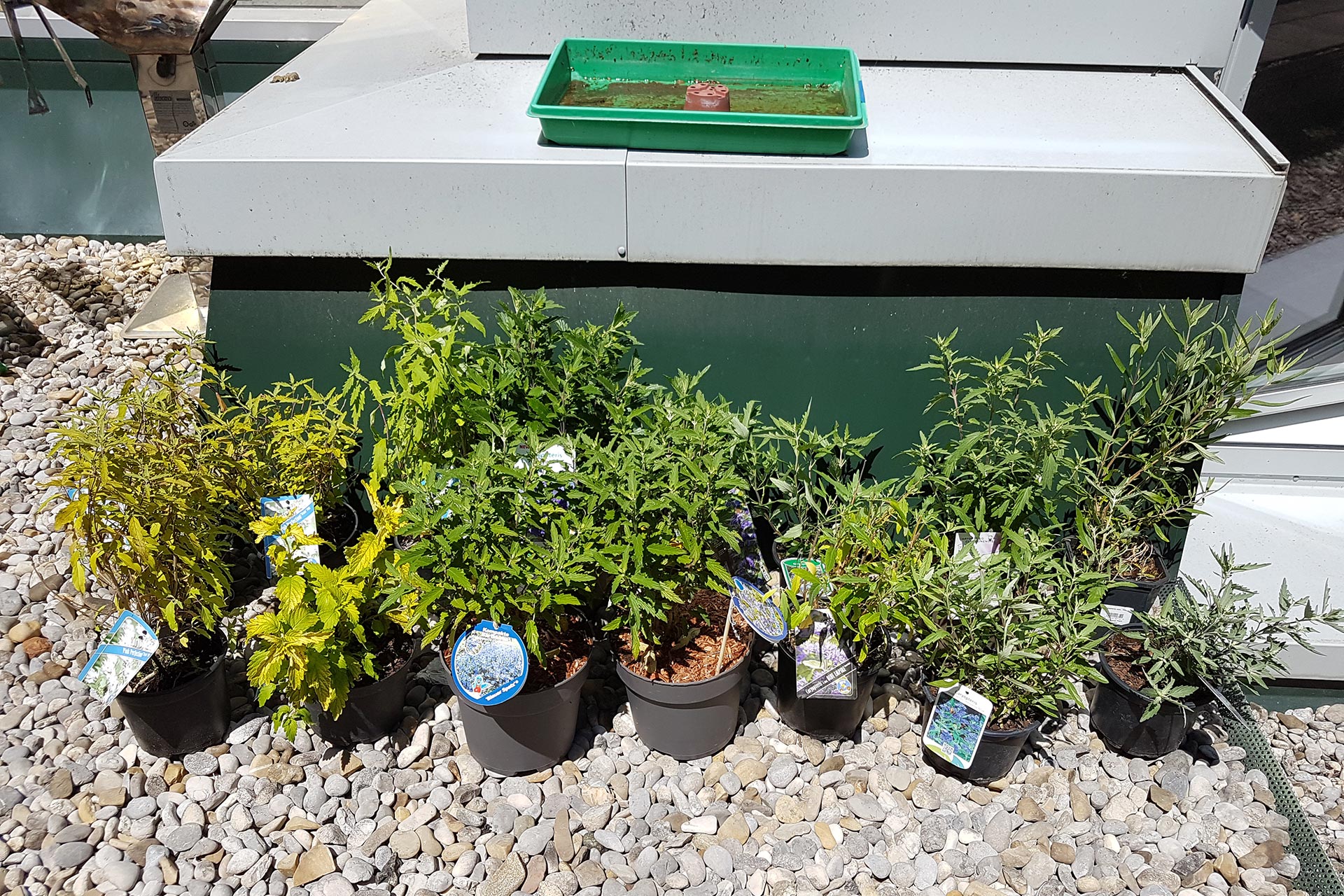
Cannabinoid substances – in the context of the current partial legalisation of cannabis, this somehow sounds like a narcotic. However, many of the 120 or so known cannabinoids are potent painkillers, including delta-9-THC (dronabinol), which doctors prescribe very specifically for certain chronic pains. Because the chemical synthesis used to date is not without its problems, researchers in the BigPharm project are looking for sustainable biotechnological alternatives.
At first glance, the chemical synthesis doesn't sound bad at all: after all, it starts with a bio-based residue, limonene, which is a by-product of orange juice production. "Limonene is very cheap. But you have to oxidise it to menthadienol. This is very difficult to do and produces many toxic by-products," explains project manager Norbert Mehlmer from the Technical University of Munich. The by-products have to be laboriously removed using solvents, some of which are problematic, or by chromatography. "This produces many wash fractions with substances that are difficult to recycle - that's what makes the process so expensive." In the end, the by-products are usually incinerated.
More environmentally friendly and energy-saving
As biotechnology is increasingly offering alternatives to chemical catalyses, Mehlmer wondered whether this could also be the case here, as enzymes are able to produce a large number of complex molecules. "Enzymes work very specifically, with few by-products and at low temperatures, which means that the processes require less energy," says the project manager, citing some of the advantages. The basis is also water instead of ecologically questionable solvents.
The team actually found "a few" organisms in the literature for which it is documented that they produce menthadienol in their cells, including African lemongrass and the bearded flower. The researchers even received 14 of the latter as a gift from a nursery. "First of all, we analysed the amount of menthadienol produced by the plants," explains Mehlmer. Six plants proved to be particularly productive, while some did not produce the sought-after compound at all.
Analyses of genome, transcriptome and proteome
From these plants, the team selected specimens that were similar in appearance but differed greatly in the amount of menthadienol they produced. They then sequenced their genomes and annotated the genes - assigning them presumed functions based on similarities with known genes in databases. The team proceeded in a similar way with the transcriptome and the proteome, the entirety of the mRNA and the products formed from it. "The idea was that one plant produces menthadienol and the other does not. One must therefore form the biocatalyst we are looking for, while the other does not," explains Mehlmer. The test results should therefore differ at this point.

The team proceeded in a similar way with olivetolic acid, a molecule that is also required to produce delta-9-THC. "There is already a well-characterised biosynthesis for this," reports the project leader. However, this production pathway in recombinant yeast cells is patented and therefore expensive. Literature studies have shown that certain lichens produce large quantities of olivetolic acid. "However, a lichen is a symbiotic community of algae and fungi," says Mehlmer. "So we had to find out which of the two organisms produces the acid," recalls the geneticist and plant physiologist. But extracting DNA from lichens is complicated. Together with a lichen expert, it was finally possible to identify the fungus as the originator.
Transferring enzymes to a production organism
The next challenge – which was overcome – was to transfer the two enzymes into a production organism that is well established in biotechnology, in this case the yeast Saccharomyces cerevisiae. Alternatively, it would also be conceivable to add the enzymes not only as individual building blocks, but to develop the delta-9-THC biosynthesis completely in an organism – a challenging approach that the team is still examining.
The BigPharm project, which was funded by the Federal Ministry of Education and Research (BMBF) with around 718,000 euros, ran from March 2020 to June 2023. The corresponding funding measure is entitled "Customised bio-based ingredients for a competitive bioeconomy". Together with project partner Tanja Gaich from the University of Constance, Mehlmer is satisfied with the results: Beardflower and lichens could be sequenced for the first time, which also led to scientific publications. In addition, the applied research project has identified their relevant enzymes and integrated them into a biotechnological process. The enzymes and process can now be further optimised to bring them closer to application.
Mehlmer was also impressed by the high quality of the sequencing results, which can be traced back to the PacBio Sequel IIe sequencer at the Chair, as well as the work with the genome prediction software. "In my doctorate, I spent three or four years on 13 genes, today we can elucidate a much larger genome in three weeks."
Searching for further natural enzymes
The researchers will continue with the question of which other cannabinoid substances can be found in plants. Similar to the bearded flower, the group wants to investigate certain rhododendron species and identify new enzymes there. The geneticist also wants to modify the enzymes from the bearded flower and lichen: In nature, they are adapted to their original organisms and functions, in this case optimised for proximity to membranes. For effective production in recombinant organisms, this property would have to be changed. And perhaps it will be possible to programme the organism and its enzymes in such a way that it feeds on limonene and produces finished delta-9-THC. "Then we wouldn't have to purify the enzymes," hopes Mehlmer, as this would make the process even more cost-effective.
author: Björn Lohmann


